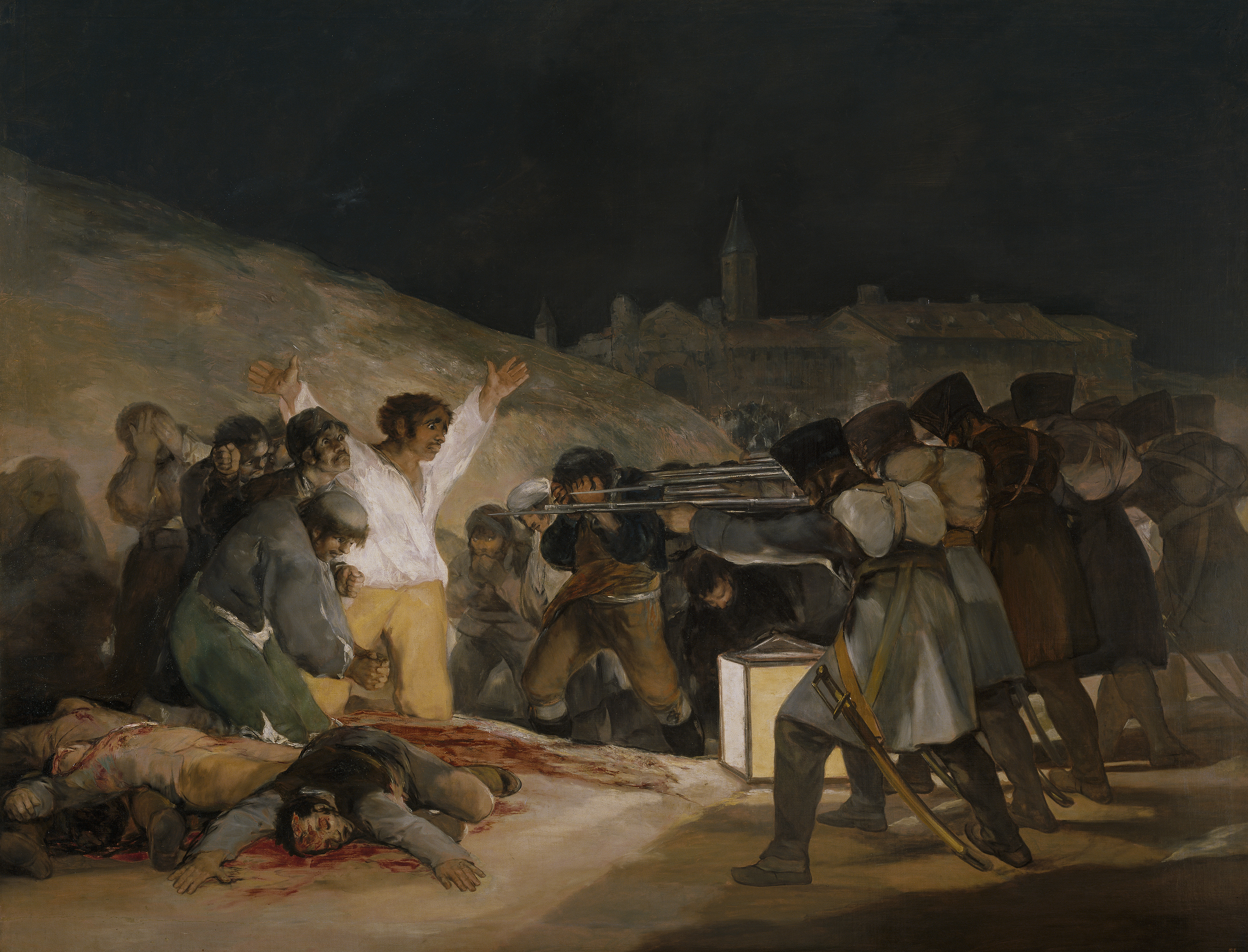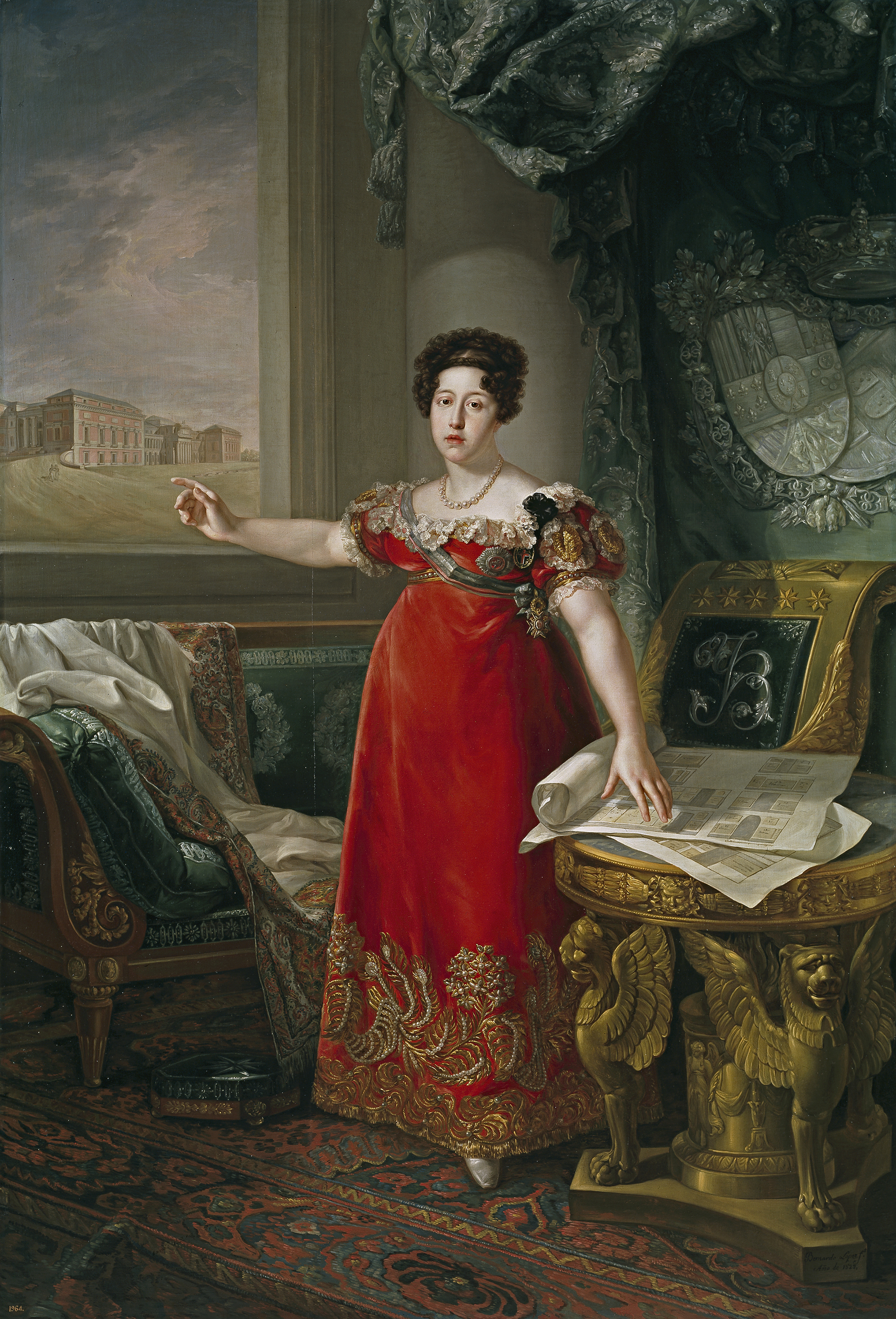Pietro Longhi (1701-1785) was a Venetian painter of contemporary genre scenes of life.
Pietro Longhi was born in Venice in the parish of Saint Maria, first child of the silversmith Alessandro Falca and his wife, Antonia. He adopted the Longhi last name when he began to paint.
He was initially taught by the Veronese painter Antonio Balestra, who then recommended the young painter to apprentice with the Bolognese Giuseppe Maria Crespi, who was highly regarded in his day for both religious and genre painting and was influenced by the work of Dutch painters.
Longhi returned to Venice before 1732.











%2B-%2BMelancholy%2C%2B1801.jpg)
%2B-%2BMelancholy%2C%2B1801.jpg)



























